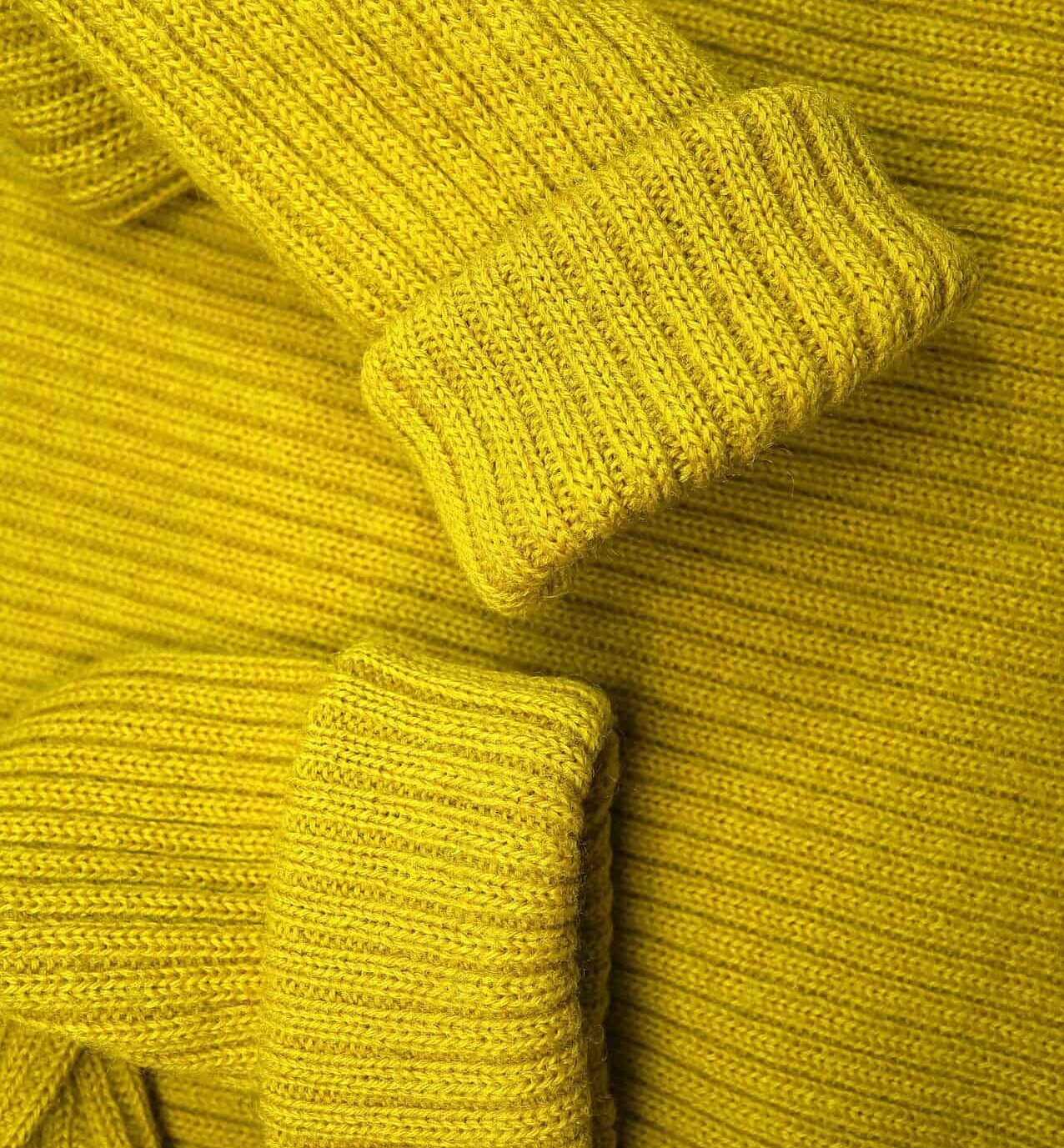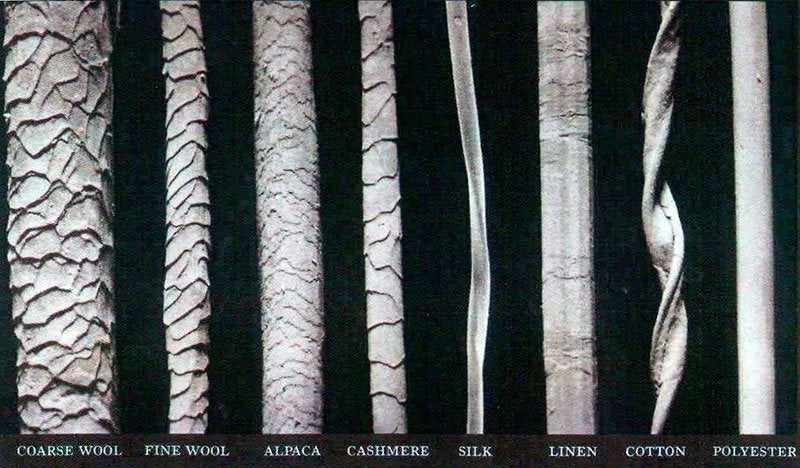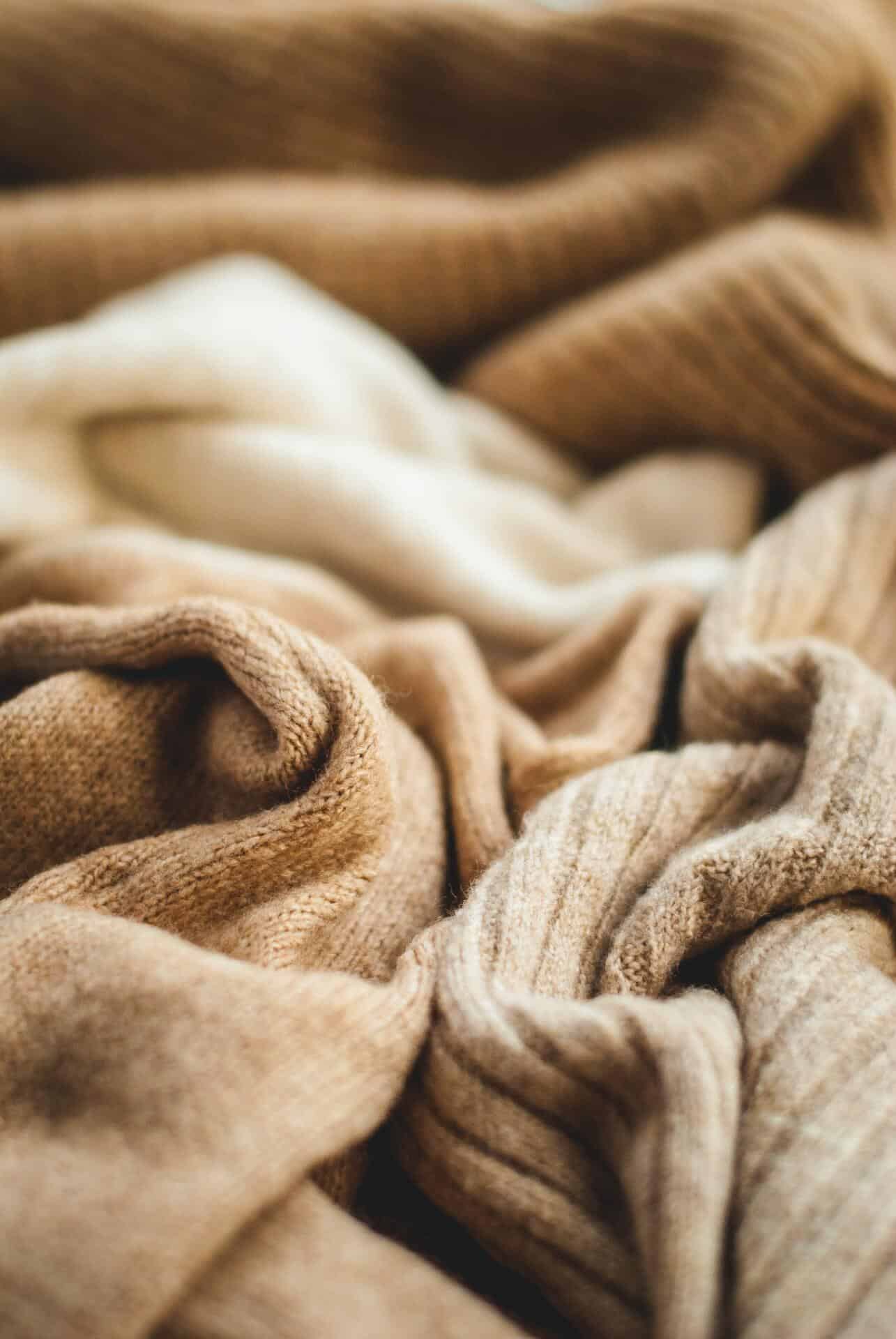Wool shrinkage, is it fixable?
Discover why woolen clothes shrink and how to unshrink them
Shrinkage is a very curious and important fact about wool garments' care
We've all been there and we all know how frustrating it can be to wash and dry a wool garment and then find out it's become half the size. And the questions are always the same: Why and how did it shrink? is there a way to unshrink it?

In order to answer these questions, it is very important to understand the wool fiber’s structure. Wool is a protein fiber that has a unique scale structure, naturally crimped and elastic, which means the fibers interlock and hold their shape well. Shrinking happens through the combination of heat and movement, which makes the scales expand and catch on each other, which binds the fibers closer together. The closer the fibers get, the more the wool shrinks. The motion also felts the wool. Felting changes not just the size of the wool but also the texture. Agitation makes the scales on the wool fibers rub together. The more they rub, the closer they lock together, making a dense, fuzzy fabric: felt. Felting shrinks wool down, and once the wool is felted, you cannot un-felt it. In a nutshell, if you avoid heat and vigorous motion during washing and/or drying, you can keep your woolen garments in the right size and shape for ever. But let’s dig deeper into this subject and check all variables.
Let's take a closer look to the structure of wool, compared to other fibers

Animal fibers, like wool, are not smooth. When they are agitated, the scales on the fibers lock together. That’s what causes felting and shrinking. Fibers with a larger quantity of more pronounced scales are more likely to felt and shrink than those with fewer, smaller scales. As you can see the coarse and fine wool are the most likely to felt, but alpaca and cashmere will also felt and shrink if agitated enough.
NOW THAT YOU KNOW EVERYTHING ABOUT WOOL AND ITS STRUCTURE, YOU ARE READY TO UNDERSTAND WHY AND HOW IT CAN SHRINK:
WOOL SHRINKAGE IS AFFECTED BY MANY FACTORS...
Nr. 1
MAYBE IT'S TOO TECHNICAL, BUT THE TYPE OF WOOL YOUR GARMENT IS MADE OF DEFINES ITS SHRINKING RATE
The type of wool changes how much it will shrink. The longer and smoother the wool fiber is, the more heat and agitation it takes to felt and shrink. Merino wool, for example, has fairly long fibers without much natural crimp. So it takes longer to shrink than shetland wool, which has more crimp and shorter fibers. The more a wool fiber naturally curls in on itself, the more it will shrink up. Unfortunately, most of the time, you don't know exaclty what kind of wool was used to make your garment.
Nr. 2
THE WAY YOU WASH YOUR WOOL GARMENT CAN LITERALLY MARK ITS DESTINY...
Water is not the main main problem. That's because wool is made up of a series of interlocking fibers that are held together by scales. These scales help keep moisture away from the wool fiber, which is why wool naturally repels water. BUT If you put wool in hot water, the heat will open up the scales and allow water to penetrate into the fiber. Wool fiber swells when it becomes wet and then contracts when it dries. This is what causes wool to shrink when you wash it in hot water. So If you don’t want it to shrink, just avoid washing it in really hot water. Handwashing in cool or slightly warm water is always recommended for wool garments.
Nr. 3
...NOT TO MENTION THE WAY YOU DRY IT!
Your woolen garment will shrink in the dryer, because it makes it subject heat and friction. Even when you use the low-heat level, the machine does use friction to dry your wool, which can cause pilling and felting. Airdrying wool garments is much better for them, since it prevents shrinking. After washing your wool garment, just make sure that your garment is not dripping wet by gently squeezing the fabric, and then lay it flat on a towel to air dry.
Nr. 4
CHOOSE WISELY, THE DETERGENT YOUR USE CAN PLAY A KEY ROLE IN AVOIDING OR GETTING WOOL SHRINKAGE
An enzyme-free detergent is the only kind of cleanser that is safe for wool. If the cleanser you are using contains enzymes, they will damage the proteins that make up the wool fiber. The more damage to the proteins, the more easily the scales interlock and shrink the fiber.

Wool is often blended with other types of fibers...
...How do blends influence the shrinkage of your wool garments?

Wool blends can shrink too. How severely they shrink depends on how much wool is in the blend. On the one hand, if the wool content is higher than 50%, you can expect about as much shrinkage as with 100% wool. On the other hand, if a blend has less than 50% wool, the other fibers in the fabric will help in keeping the wool fibers from binding . A 5% wool blend will usually shrink far less than pure wool. However, if the other fibers are also prone to shrinkage, your garment could get smaller anyway. Regardless of the fiber content, high heat and careless treatments can damage any fabric’s properties, it’s always best to follow the care instructions on the tag so that your garment will last longer in your closet. The secret is to always treat your garment as it was 100% wool, even if it contains nylon or other fibers.
Is shrinkage permanent? Not necessarely
If the wool has felted, anything won’t do much good. Felting – unlike shrinking – is a permanent process. If we are just talking about shrinking, it actually all depends on how severe the shrinking was: the more severe it was, the least possibilities for the garment to get back to its original size. However, there’s a way to get the protein scales to loosen to help undo the damage. Wool has memory, which means the fibers will always try to return to their normal length, even if you stretch them out, crumple them up, or tangle them. This is one of the features that makes wool a special fiber. In order to activate a wool garments’ memory, you will need to open the fibers back up and loosen the grip they have on each other. Once this grip is looser, the fibers will start to bounce back to their original shape and size, and this will hopefully restore the garment to its original size. Let’s see here below how to do it.
There are many options, but this is our favorite. Make sure to try this procedure to UNSHRINK your woolen garment
Nr. 1
Fill a sink or a basin with lukewarm water and 1/3 cup or 80 ml of conditioner
Nr. 2
Add your garment and let it soak for approximately 10-15 minutes
Nr. 3
Gently wash your garment to wash away the conditioner
Nr. 4
Let the water drain and gently press excess water out of the wool with a towel
Nr. 5
Lay the item flat on a dry towel
Nr. 6
Stretch it carefully into the shape and size you want.
Nr. 7
Let your woolen garment air-dry

About Manteco, Italian premium textiles and circularity since 1943
After decades in the fashion world, in 2018, we have created the Manteco Academy project, through which we give webinars, in-person lessons and workshops on eco-design, circular economy and sustainability to numerous fashion schools, technical universities and brands worldwide. Thanks to this educative commitment and our heritage, we are often invited as guest speaker at events, panels, podcasts and conferences about sustainable fashion and circular economy.

